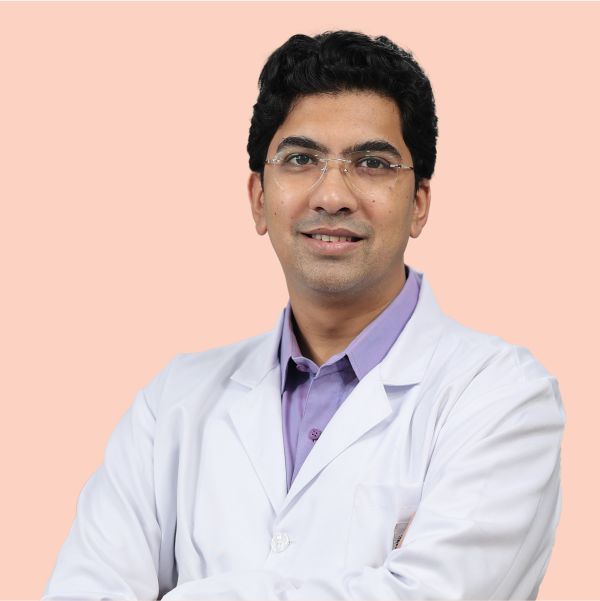Motion-preserving spine surgeries are advanced surgical techniques designed to treat spinal disorders while maintaining or restoring the natural movement of the spine. These procedures are an alternative to traditional fusion surgeries, which immobilize parts of the spine.
Motion-preserving spine surgeries are advanced surgical techniques that aim to treat spinal disorders while maintaining the natural movement of the spine. Common procedures under this category include:
Call 011-42888888 to book an appointment with a specialist at Sri Balaji Action Medical Institute.

Chief of Spine & Rehabilitation Centre

Assistant Consultant

Assistant Consultant